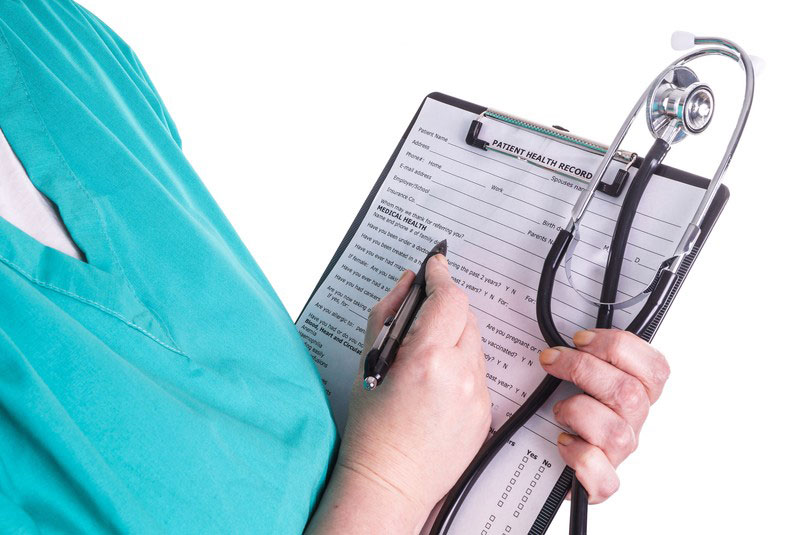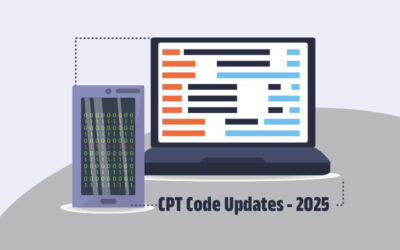Often a surgery will be conducted by a primary surgeon, along with an assistant surgeon or other team of surgeons. But co-surgery refers to a single surgical procedure, which requires the skill of two surgeons (each in a different specialty) performing parts of the same procedure simultaneously. In such cases where two surgeons act as co-surgeons, it is essential to coordinate their documentation and billing to ensure that each receives proper reimbursement. A company providing reliable medical coding services for co-surgeons knows that modifier 62 Two surgeons is to be appended when two surgeons work together to complete a procedure described by a single CPT® procedure code. To qualify as co-surgeons, these surgeons have to share responsibility for the surgical procedure, with each serving as a primary surgeon during some portion of the procedure.
Co-surgery has been performed if the procedure(s) performed is part of and would be billed under a single surgical procedure code. The Centers for Medicare and Medicaid Services (CMS) will accept claims for co-surgeon services and it allows 62.5% of allowable to each Co-Surgeon.
According to HMSA Provider Resource Center, co-surgeon billing is appropriate when the procedure or the patient’s condition requires the skill of two surgeons, if the second surgeon is not simply acting as an assistant surgeon, or when the two surgeons are performing separate portions of a single surgical procedure using a single surgical approach.
According to Medicare Physician Fee Schedule (MPFSDB), for claims processed on or after July 1, 2018, procedure codes with certain co-surgeon indicators highlight that
- “0” indicator – indicating that co-surgeons are not permitted for that procedure, and will be denied if claims are submitted with modifier 62 appended
- “1” indicator – indicating that co-surgeons could be paid, depending on supporting documentation
- “2” indicator – indicating co-surgeons permitted; no documentation required if two specialty requirements are met
- “9” indicator – indicating the co-surgeon concept does not apply
Key Tips to Ensure Better Documentation for Co-surgeons
To ensure your documentation supports reporting for co-surgeons,
- Each surgeon should document their own operative notes which provides details such as what portion of the procedure is performed, how much work was involved, how long the procedure took and more. (Same documentation cannot be shared, as co-surgeons each perform a distinct part of the procedure)
- Identify the other surgeon as a co-surgeon and both surgeons must submit claims for the same procedure with modifier 62 appended
- Both the surgeons should link the same diagnosis to the common procedure code
- Each surgeon should submit claims with their own documentation
Real examples of documenting Modifier 62 in co-surgery have been explained in hmsa.com. One of the examples is that of two surgeons performing an upper gastrointestinal endoscopy with directed placement of a percutaneous gastrostomy tube. While one surgeon performs the endoscopy, the other surgeon makes an incision into the abdomen and inserts the gastrostomy tube.
If the documentation and MPFS indicators support, co-surgeons can also bill as assistant surgeon for other procedures performed during the same operative session. Also, the details of the operative report should support an assistant surgeon. The position can be indicated by separate procedure code(s) with modifier 80 or modifier 82 added, as appropriate. Proper supporting documentation for an assistant surgeon also includes their name added to the operative report documented by the primary surgeon and the details of the report should mention the work the assistant performed to assist the primary surgeon. Surgery medical billing services provided by an experienced medical billing company can help you successfully address all these coding concerns, resulting in reduced denials and improved collections.




